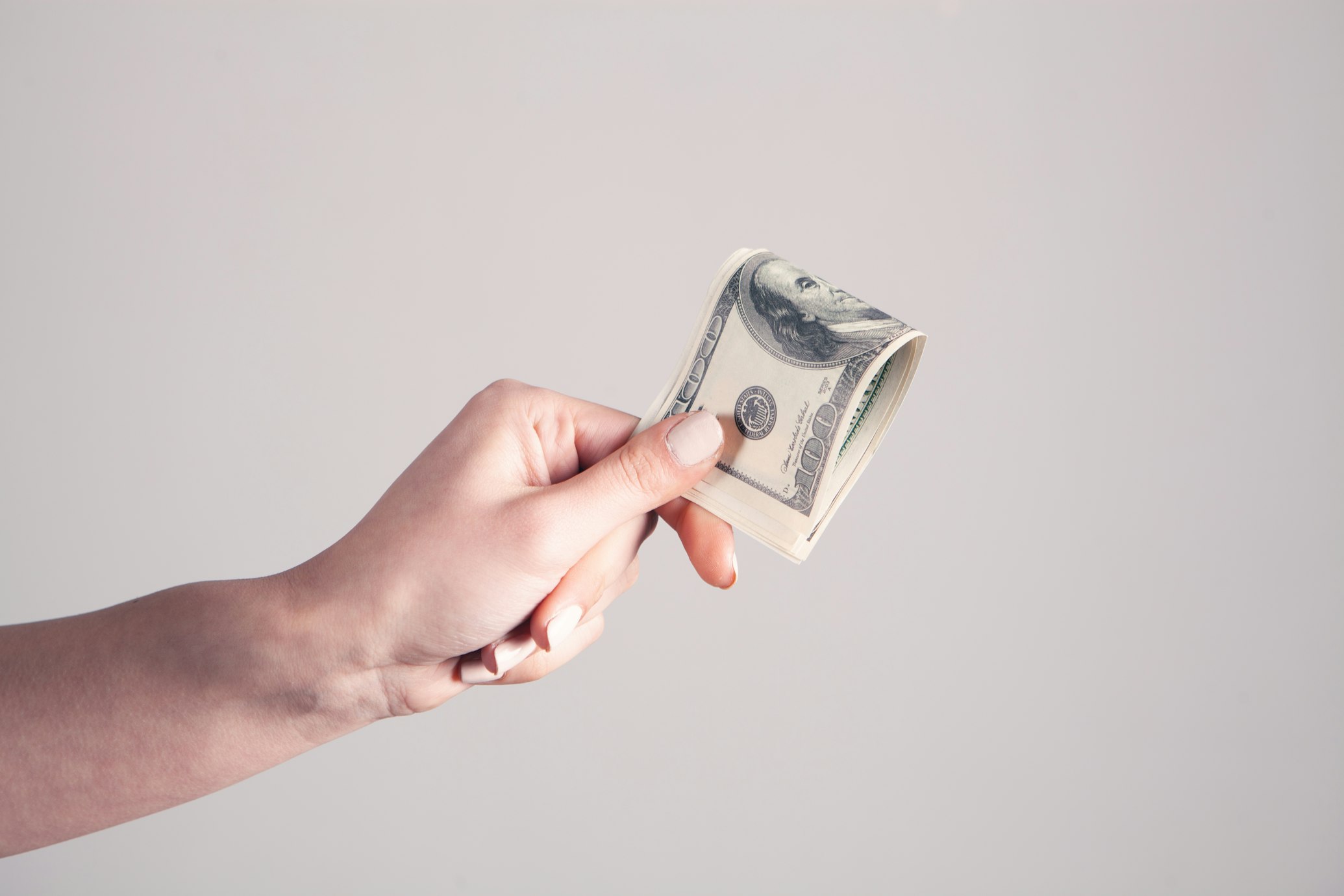Discount Calculator: Calculate Your Savings in Seconds
Get instant savings on your purchases with our Discount Calculator! Easily calculate discounts on any product and save money in seconds. From BOGO deals to percentage discounts, our calculator can handle it all. Start saving now!
The discount is always applied to the least expensive item.
Discount Formula
10% discount on $100 product, what was the original price?
Original Price = Discounted Price / (1 - Discount Percentage)
Example:
Original Price = $100 / (1 - 0.1)
Original Price = $100 / 0.9 = $111.11
A $200 product is selling for $150, whats the discount percentage and discount amount?
Discount percentage = ((Original price - Sale price) / Original price) x 100%
Discount amount = Original price - Sale price
Example:
Discount percentage = (($200 - $150) / $200) x 100% = 25%
Discount amount = $200 - $150 = $50
2 for 1 or X for Y (Like 2 for 1)
Original price per item = Total price / X
Discounted price per item = Total price / Y
Discount percentage = ((Original price per item - Discounted price per item) / Original price per item) x 100
Discount amount = Original price per item - Discounted price per item
Example 2 for 1:
Let's say the total price is $100 and you're buying 2 items for the price of 1:
Original price per item = $100 / 2 = $50
Discounted price per item = $100 / 2 = $50
Discount percentage = (($50 - $50) / $50) x 100 = 0%
Discount amount = $50 - $50 = $0
Example 3 for 2:
Let's say the total price is $150 and you're buying 3 items for the price of 2:
Original price per item = $150 / 3 = $50
Discounted price per item = $150 / 2 = $75
Discount percentage = (($50 - $75) / $50) x 100 = -50%
Discount amount = $50 - $75 = -$25 (which means you're actually paying $25 more than the original price per item, but getting 3 items instead of 2)
% off (X)nd
Discounted price of Xth product = (Original price * (1 - Discount percentage)) * (X-1)
Understanding Different Types of Discounts
There are many types of discounts because they can be used in a variety of ways to incentivize consumers to buy products or services. Different types of discounts may be more effective depending on the industry, target audience, or business goals.
For example, a percentage discount off the total purchase may be more appealing to a customer than a set dollar amount off, while a buy-one-get-one deal may be more effective for certain products. In addition, different types of discounts can also be used in combination with each other to create more complex pricing strategies.
Ultimately, the goal of offering discounts is to encourage sales and attract customers, so businesses may experiment with different types of discounts to find what works best for their specific needs.
Discount Strategies
Discounts are a popular tool used by businesses to attract customers and increase sales. Here are some common discount strategies:
- Flash Sales: Offering a temporary discount for a limited time can create a sense of urgency and encourage customers to buy now.
- Loyalty Programs: Rewarding customers who make repeat purchases with discounts or other perks can increase customer retention and encourage brand loyalty.
- Bundling Products: Offering discounts when customers purchase multiple items together can increase the average order value and encourage customers to try new products.
- Coupon Codes: Providing customers with coupon codes to use at checkout can create a sense of exclusivity and encourage customers to make a purchase.
- Seasonal Discounts: Offering discounts during holiday seasons or other special occasions can create a sense of excitement and encourage customers to buy gifts or other seasonal items.
By using these discount strategies effectively, businesses can attract new customers, retain existing ones, and increase sales.
The Dark Side of Discounts: Why Cheaper Isn't Always Better
Discounts are a great way to save money on your purchases, but are they always the best choice? It's important to consider the potential downsides of discounts, such as lower quality products, hidden fees, or even overspending due to the lure of a bargain.
While discounts can be a helpful tool for budget-conscious shoppers, it's important to be mindful of the true value of a product or service, rather than simply focusing on the discounted price. This is especially true when it comes to big-ticket items or investments, where quality and longevity may be more important than a lower price tag.
So before you rush to take advantage of a discount, take a moment to consider whether it truly represents a good value for your needs and goals. Remember, sometimes paying a little more upfront can save you a lot in the long run.
- Struggling to Save? Try These 10 Money-Saving Hacks
- 13 Best Financial and Investment Calculators
- Mastering the Art of Frugal Living: A Comprehensive Guide to Smart Shopping
- A Comprehensive Collection of Investing and Financial Books
- The Ultimate List of Investing Podcasts
- Strategic Investing: Why You Should Look Beyond the Stock Market Celebrities
- The Harsh Truth About Dividend Investing
- Where to Buy Domains: Finding the Best Deals
 The AI Gold Rush: Navigating the Thin Line Between Innovation and Overvaluation in Business
The AI Gold Rush: Navigating the Thin Line Between Innovation and Overvaluation in Business- Sweet Dreams: 7 Smart Sleep Investments for a Restful Night.









